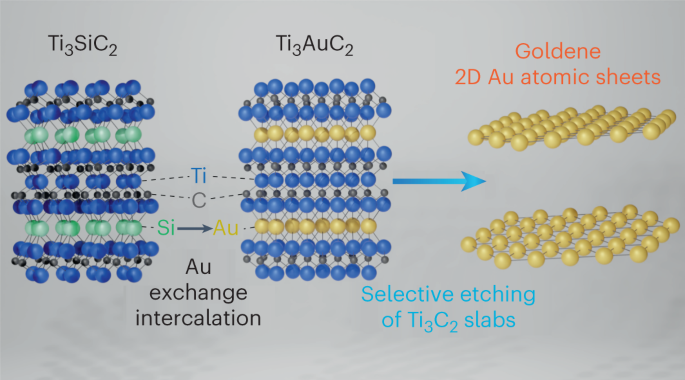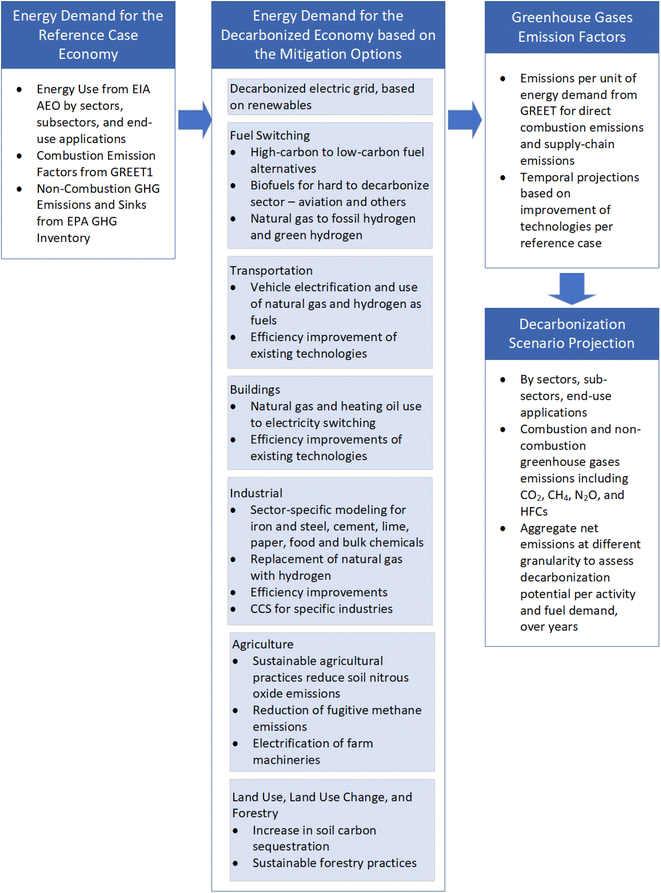2024-04-16 リンショーピング大学
<関連情報>
- https://liu.se/en/news-item/ett-atomlager-guld-liu-forskare-skapar-gulden
- https://www.nature.com/articles/s44160-024-00518-4
金単原子層からなるゴルデンの合成 Synthesis of goldene comprising single-atom layer gold
Shun Kashiwaya,Yuchen Shi,Jun Lu,Davide G. Sangiovanni,Grzegorz Greczynski,Martin Magnuson,Mike Andersson,Johanna Rosen & Lars Hultman
Nature Synthesis Published:16 April 2024
DOI:https://doi.org/10.1038/s44160-024-00518-4
Abstract
The synthesis of monolayer gold has so far been limited to free-standing several-atoms-thick layers, or monolayers confined on or inside templates. Here we report the exfoliation of single-atom-thick gold achieved through wet-chemically etching away Ti3C2 from nanolaminated Ti3AuC2, initially formed by substituting Si in Ti3SiC2 with Au. Ti3SiC2 is a renown MAX phase, where M is a transition metal, A is a group A element, and X is C or N. Our developed synthetic route is by a facile, scalable and hydrofluoric acid-free method. The two-dimensional layers are termed goldene. Goldene layers with roughly 9% lattice contraction compared to bulk gold are observed by electron microscopy. While ab initio molecular dynamics simulations show that two-dimensional goldene is inherently stable, experiments show some curling and agglomeration, which can be mitigated by surfactants. X-ray photoelectron spectroscopy reveals an Au 4f binding energy increase of 0.88 eV. Prospects for preparing goldene from other non-van der Waals Au-intercalated phases, including developing etching schemes, are presented.




